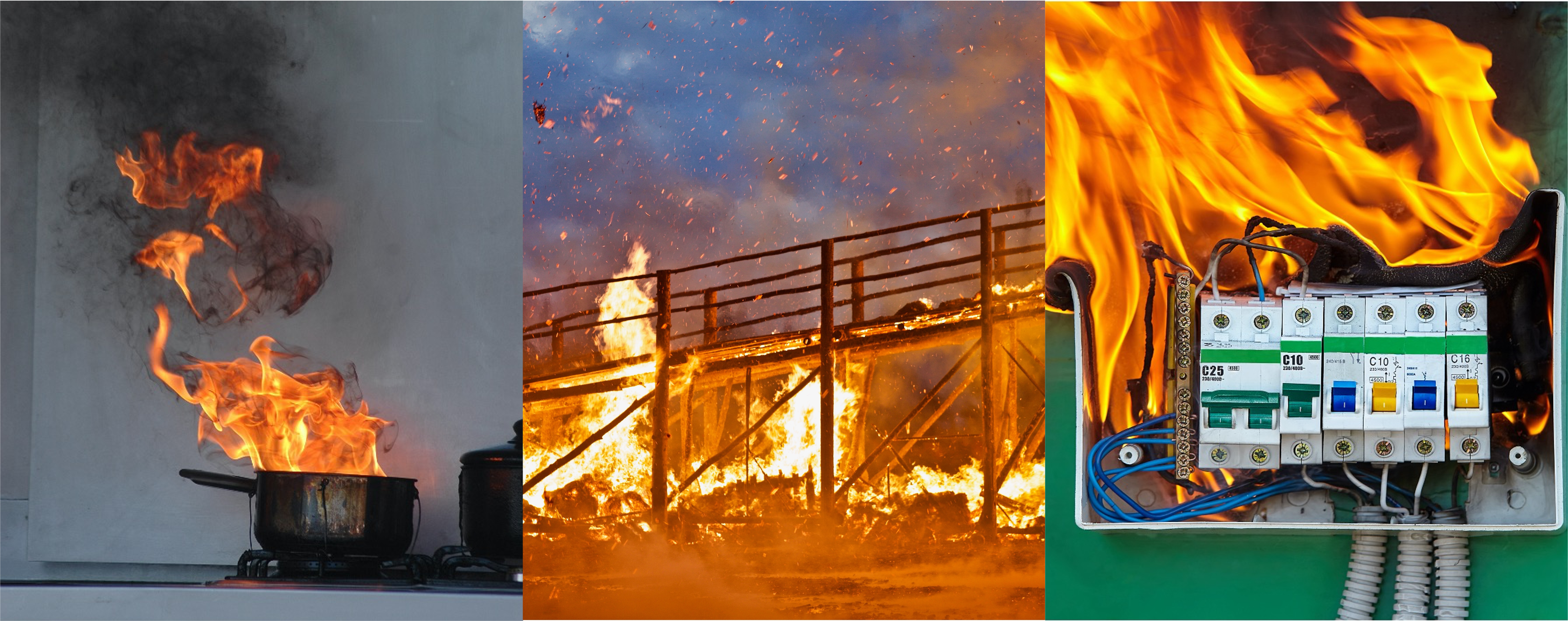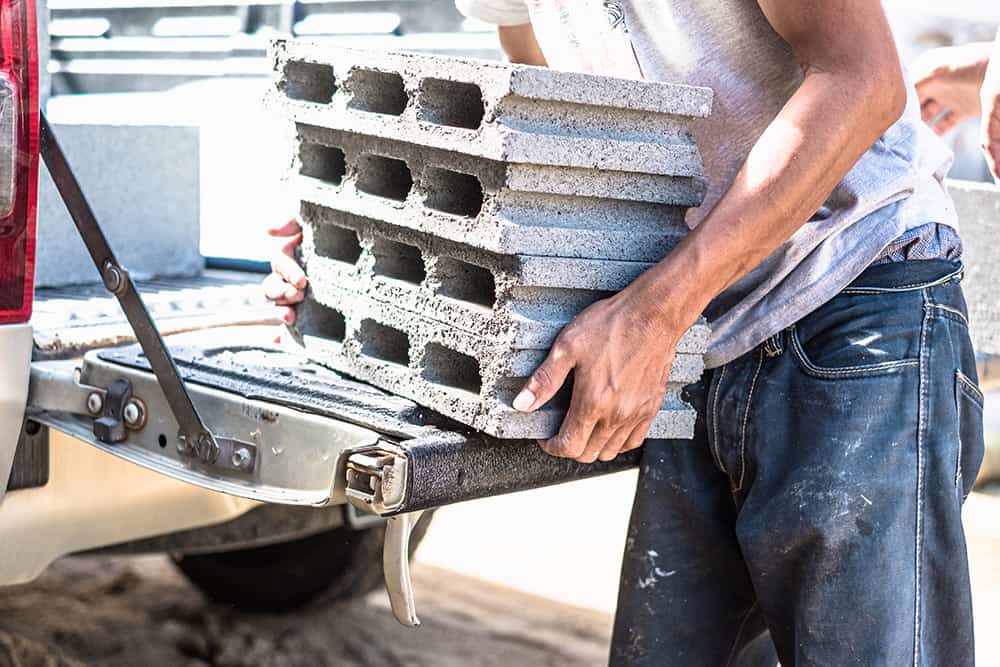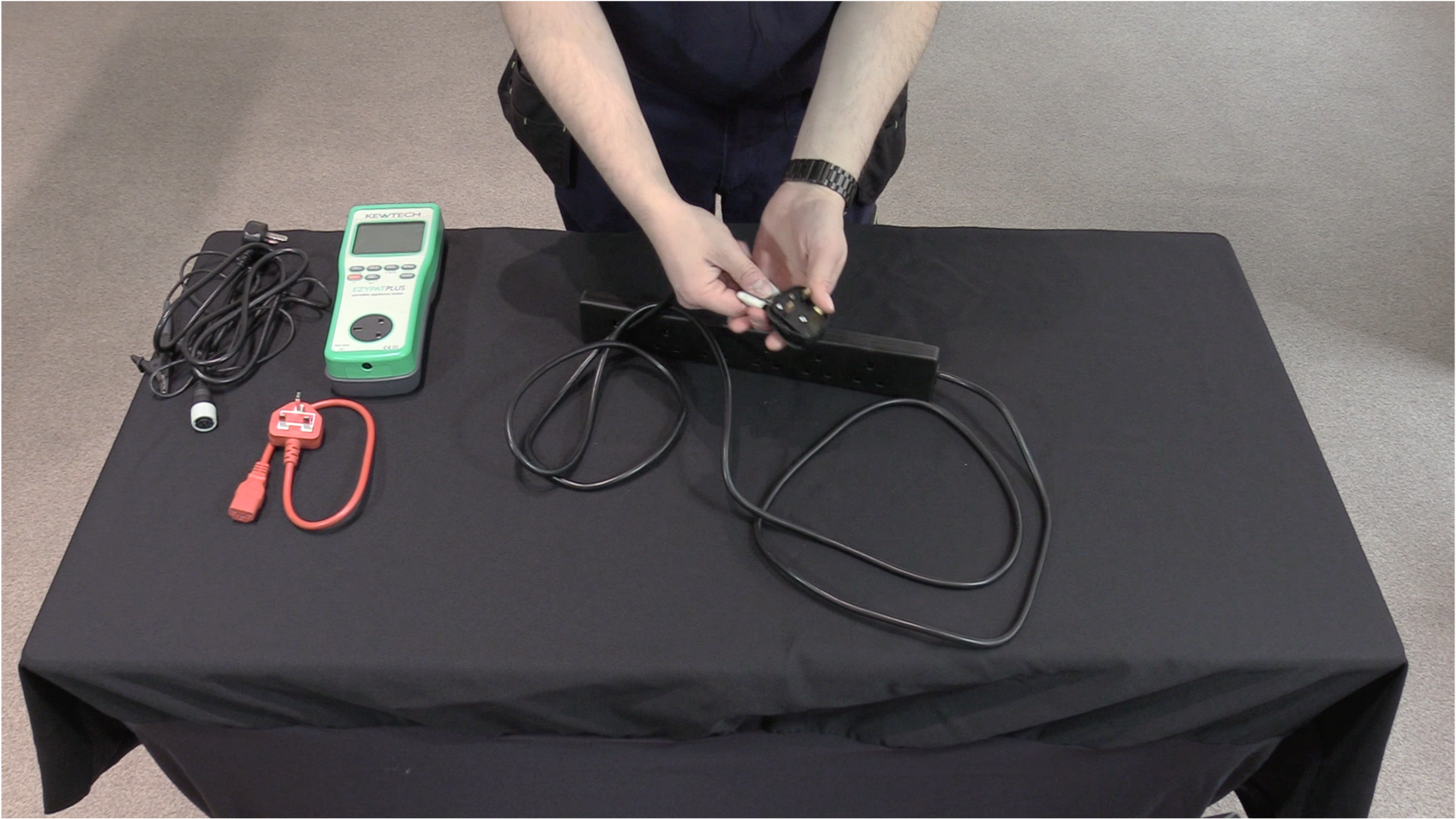
Employers must choose from two primary first aid qualifications: First Aid at Work (FAW) or Emergency First Aid at Work (EFAW).
Either of these courses may be suitable. It depends on the circumstances of your workplace. If you’re unsure what first aid qualifications you need for your organisation, read this guide to learn how they differ and which suits your workplace.
What is a First Aider?
A first aider has been trained to offer emergency assistance and possibly treat minor injuries, depending on their level of qualification. An employer can’t just place a first aid kit in your hands and trust you to respond to emergencies or offer medical treatment without training.
And this training must come with legitimate certification from a trusted provider.
The Health and Safety Executive (HSE), Britain’s health and safety regulator, states that first aiders must hold a ‘valid certificate of competence’ in either:
- First Aid at Work (FAW), or
- Emergency First Aid at Work (EFAW)
This is where the two primary categories of first aid qualifications come from.
Does Every Workplace Need a First Aider?
No. Under the Health and Safety (First Aid) Regulations 1981, every workplace, regardless of size, needs:
- An adequately stocked first-aid kit
- Someone in charge of first aid arrangements (not necessarily a trained first aider)
- Available information for employees regarding first aid arrangements
This is the absolute minimum provision required. Your workplace will likely need at least one trained first aider qualified in either FAW or EFAW. It’s up to the employer to decide what level of qualification is necessary.
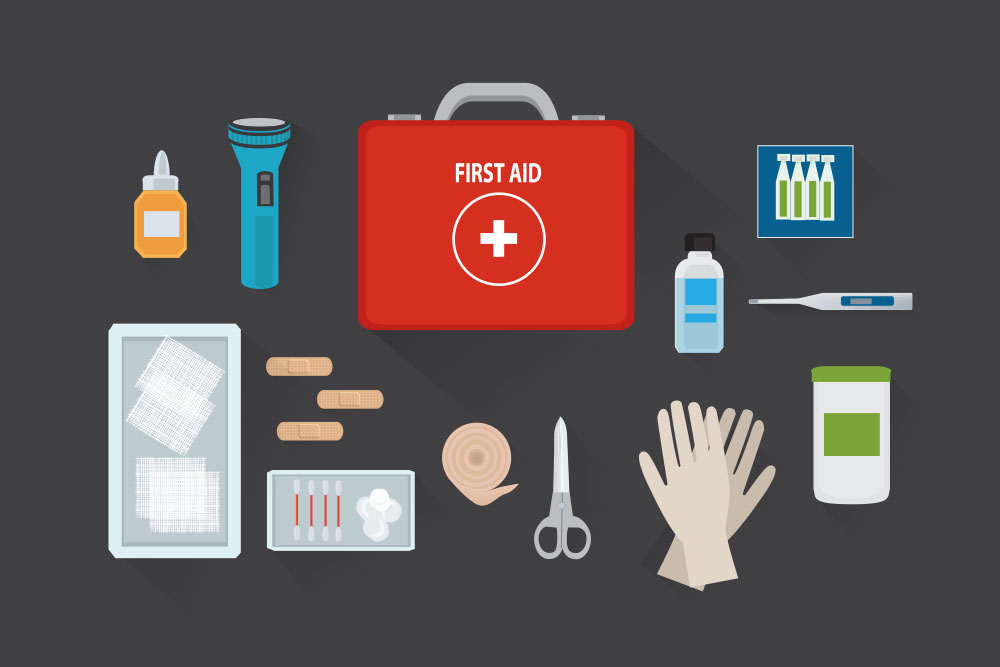
This decision isn’t arbitrary, however. An employer must complete a first aid needs assessment to determine the level of training their first aiders should have.
The HSE offers guidance if you’re unsure of what first aid provision your workplace needs or haven’t completed a first aid needs assessment.
Types of First Aid Qualification
Emergency First Aid at Work (EFAW)
Emergency First Aid at Work is the more basic of the two qualifications. As the name suggests, it prepares you to offer emergency assistance if someone is suddenly ill or has an accident.
The aim is to offer critical care and keep the patient stable until paramedics arrive. Since this is a narrower definition of first aid, EFAW training covers fewer topics than the FAW course. It can be completed in a shorter amount of time.
An EFAW course should cover treatment for victims of:
- Unconsciousness or seizure
- Cardiac arrest
- Bleeding
- Choking
- Shock
It should also cover treatment of minor injuries – such as cuts, bruises and burns – and general first aid principles, such as assessing an emergency or preventing cross infection.

EFAW training must be completed in person and repeated every three years to keep the qualification valid.
First Aid at Work (FAW)
An FAW qualification is the more advanced of the two and prepares you to offer medical assistance outside of emergencies. First Aid at Work covers everything in the EFAW qualification plus additional training to treat specific injuries.
Further training includes treatment of:
- Eye injuries
- Anaphylactic shock
- Chest injuries
- Spinal injuries
- Bone, muscle and joint injuries
You’ll also learn to recognise and treat illnesses caused by asthma or diabetes, heart attacks and strokes.
Like the EFAW qualification, training must be completed in person and repeated every three years to keep the qualification valid.
Which Qualification Do I Need?
There’s no simple answer here. The level of training your first aiders require depends on what you find to be appropriate for your workplace when completing your needs assessment.
The key points to consider are:
- Level of risk in your workplace
- Any additional needs of employees – for example, inexperienced employees or those with disabilities may be at a higher risk than others
- Accident/illness history – if there’s been a history of a specific type of injury/illness in your workplace, you should train a first aider to handle these incidents
This information is likely already recorded on a general risk assessment, so use those findings to inform your decision-making.
Working through these general points will help you determine if you need trained first aiders or can safely operate with the minimum provision. You must continue your first aid needs assessment to determine how many qualified staff members you need.
The number of trained first aiders should scale with the size and potential hazards of a workplace. There’s no specific rule, so the HSE guidance also covers recommended numbers based on your needs assessment findings.
Training Providers
The HSE no longer approves first aid training providers. Instead, it’s up to the employer to determine if a provider is competent and able to provide the level of training (with valid certification) they need. This process is referred to as due diligence. You can find detailed guidance from the HSE here, but in short, due diligence involves checking the following:
- Qualifications of trainers and assessors
- Existence of monitoring and quality assurance systems
- Teaching and standards of first aid practice
- Syllabus content
- Certification offered
Any course that promises an FAW or EFAW qualification will need a practical element. Candidates must work with trainers in person to develop the competence required to become a first aider.
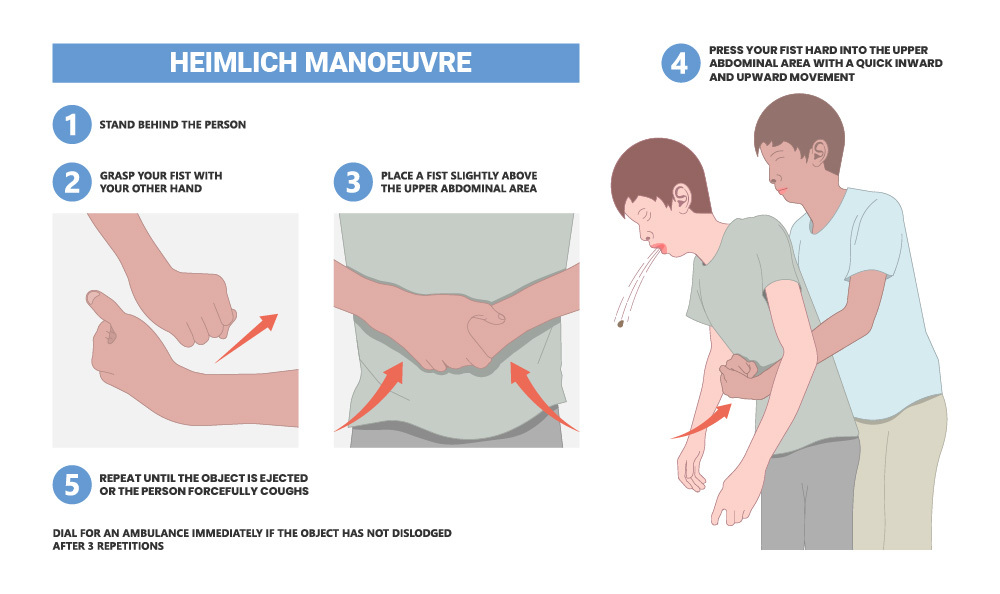
Blended Training
Some training providers offer what’s known as blended training. This is a combination of in-person and online training. The HSE recognises blended training as a viable option, provided you confirm the training provider meets your needs through due diligence.
Refresher Training
First aid qualifications can only be earned through practical training, but online courses can help make your workplace safer.
It’s strongly recommended that qualified first aiders complete refresher training before the three-year requalification deadline passes. First-aiders need to be able to respond decisively to a range of emergencies. Without refresher training, it can be hard to remember what to do when the pressure’s on.
Our online Workplace First Aid training course helps trained first aiders sharpen their skills. It reviews emergency first aid procedures plus treatment of injuries covered by the EFAW qualification. It can also act as an introduction to first aid for untrained individuals before they attempt their practical qualification training.
About the author(s)





























